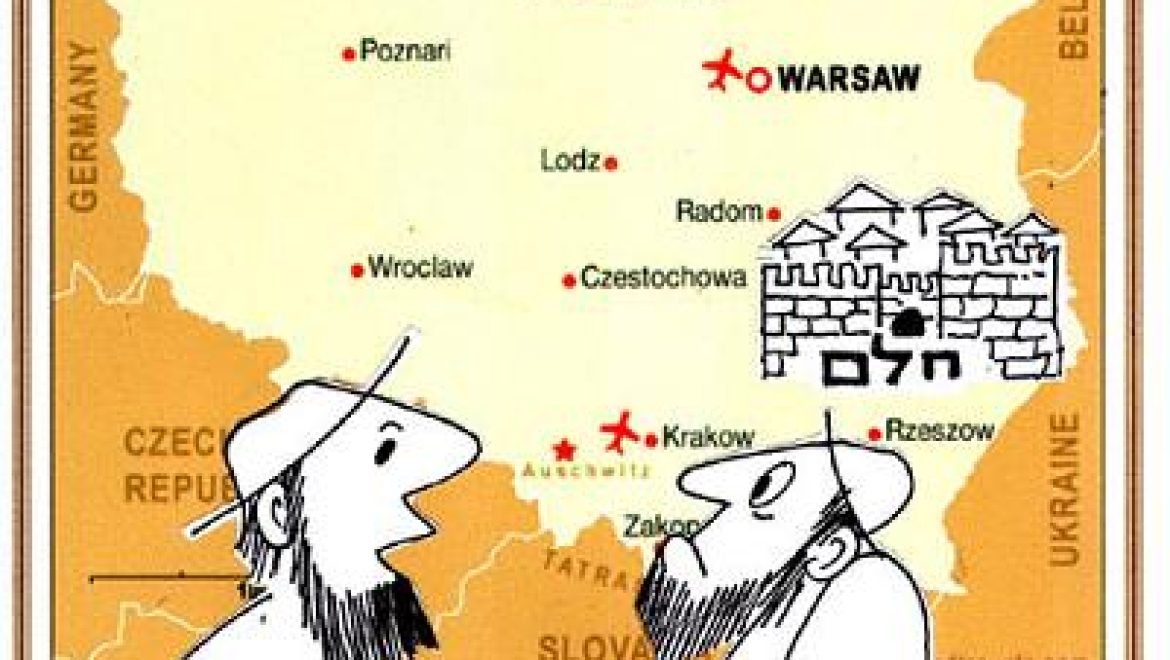
The early sages drew a distinction between cities which were walled in the era of Joshua son of Nun and cities which were not walled. The former celebrate Purim on the 15th of Adar and the latter on the 14th of Adar. The sage Rav Assi read the megillah in his hometown of Hutzal, Babylon on both the 14th and the 15th of Adar. Though one is only obligated to read the megillah on a single day, the sage was in doubt whether the city of Hutzal had been surrounded by a wall in the time of Joshua son of Nun.
(Since Talmudic issues and the sayings of the sages were passed down orally — only after the Talmudic era were they written down and edited — it is natural that distortions and variations occurred. When there are different versions of the same issue they are introduced with the phrase “Some say.”)
Some say that the sage Rav Assi was certain that the city Hutzal in Babylon had been walled in the time of Joshua son of Nun and that the exiles of the tribe of Benjamin lived there.
The sage Jonathan said that when he was young he had asked the elders a question, and the matter was decided in agreement with him. The place Chammat mentioned in Joshua (“And the fortified cities are Ziddim, Zer, Chammat, Rakkat, and Kinneret” [Joshua 19:35]) is actually what is currently called Tiberias. The place Rakkat is currently called Tzippori. The scholar Rava said how it could be that Chammat was Tiberias and Rakkat Tzippori. Rakkat is Tiberias! Proof that Rakkat is Tiberias comes from the customary eulogy given in Tiberias, “The dead was famous in Rakkat.” This shows that Rakkat is Tiberias. From this the scholar derived that Chammat is Chammat Gader and Rakkat is Tiberias. He added that Tiberias was called Rakkat because tovah re’iyatah its scenery is good and its view of the Kinneret enchanting.
(Babylonian Talmud, Tractate Megillah 5b)
